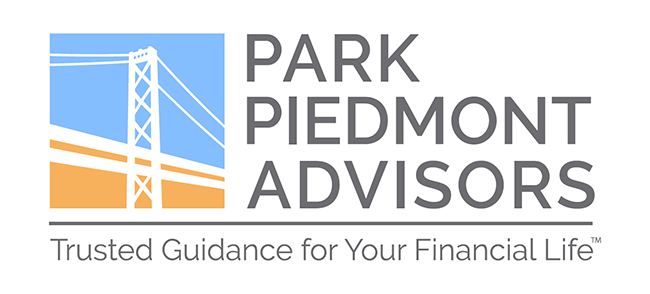At the end of October, the Federal Reserve reduced the short-term interest rate it controls by a quarter percentage point (1/4%), the third such decrease during 2019. Ten-year US Treasury yields continue below 2%, although they have now moved higher than the three-month yield, reversing at least for now the so-called “inverted yield curve.” This unusual circumstance describes a time when longer term yields are lower than shorter term yields.
Lower interest rates almost always send bond prices higher, and often are cited as an explanation for rising stock prices. The reasons for these impacts are worth reviewing again as the Fed’s actions on interest rates make headlines (e.g., NYT, 10/31/2019, Page A1).
Bond prices move higher as interest rates decline because the higher rates being paid on existing bonds are worth more when current bonds are being issued at lower rates. As an example, an existing bond with a 2% interest payment will be worth more prior to its maturity than a newly-issued bond with a 1.5% interest rate and a similar maturity and credit rating. That higher value is expressed in a rising price for the bond, because the actual interest payment does not change. The extent of the price increase is often a function of the bond’s maturity; the longer the bond remains outstanding and pays more interest than the new bonds, the larger the price increase will be.
The impact of lower rates on stock prices is less direct, given the many factors that affect stocks. If rates are being lowered by the Fed because the economy is perceived as going into a slowdown/ recession, then stock prices may go down even as interest rates decline. The New York Times article cited above (10/31/19, Page A1) mentioned that GDP in the US increased by 1.9% in the third quarter, a slowdown from recent previous periods, and added that inflation remains under 2%. An economic slowdown could have as one effect lower profits for businesses, and ultimately it is the profits/earnings of companies that determine stock prices (the price/earnings, or P/E, ratio we have discussed in many prior Comments).
That said, lower interest rates can instead help to move stock prices higher, as investors come to believe that stocks are the primary place to earn a decent return on their money. When interest rates go down and bond prices rise, the overall return from bond investments can become quite low, as the interest payments as a percentage of the investments declines. Therefore, investors looking for a satisfactory return on their money are pushed into the higher-risk/higher-returning asset class of stocks, or higher yielding, so-called “junk bonds” which have more credit risk. This can create a dangerous situation for people whose goals are best met by conservative investments with modest price changes, rather than by investing more in the asset classes with much higher volatility , namely the stock and junk bond markets. (As a warning, look no further than the observation from Larry Swedroe at the top of page 3, which we quote every month). It is also worth noting that when rates begin to rise again, and investors receive higher interest payments, they will also most likely be looking at declining bond prices, the pace and extent of which depends on a variety of factors. This is the ongoing dilemma of investing in bonds.
We continue to help our clients navigate these various impacts, which are unknowable in advance of their occurrence, and develop asset allocations appropriate to their particular financial situations. We also suggest revisions as situations change over time, or when one asset class becomes over weighted compared to others (i.e., rebalancing).
